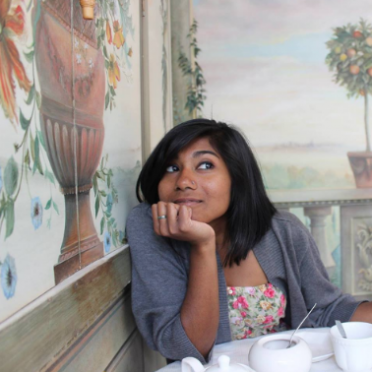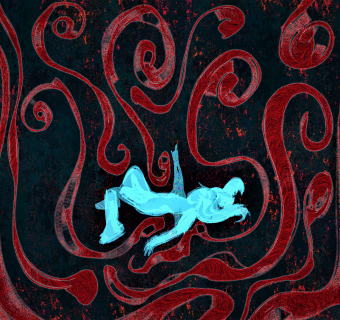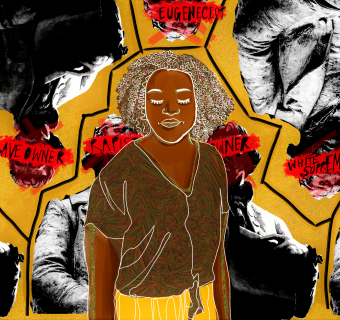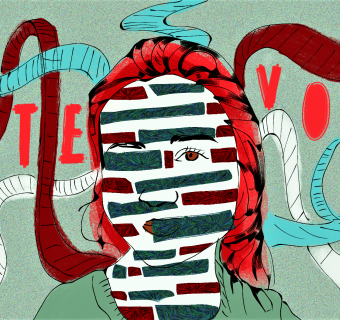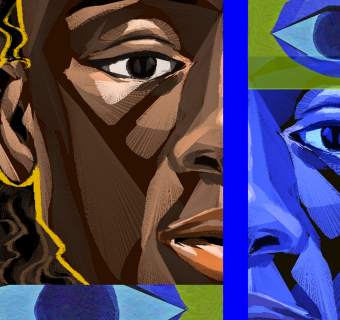The art we use to decorate our spaces says a lot about us. My dentist, for example, has simple, minimalist paintings and sculptures from local artists ornamenting her office walls. She likes to support local efforts and has modest taste. Really, it’s her values that adorn the room. Now I wonder what it would look like if she almost exclusively adorned her office with paintings and sculptures commemorating the old white men that have given her the money to fund her dentist endeavors, what kind of vibe that might set off in the room, and how her clients might react to the art installations of old white men. Let’s add, just as a thought experiment, some historical context to the office itself. Say that the space was built by a group of people that were oppressed by those same old white men. I don’t know about you, but I wouldn’t particularly comfortable with waiting for my teeth to be cleaned in a room like that.
The University of Virginia is a bit bigger and more complicated than a dentist’s office, but the same ideas apply. The art in our spaces around Grounds say a lot about the values that we hold, and it tells me that UVa does not revere women or people of color (it goes without saying that women of color are especially underrepresented) because the majority of the visuals that occupy the most important areas around Grounds, namely the ones that we study in, that we think in, that we process in, that we learn in, that we reflect in, are of old white men. What is more, we can’t have a conversation about old white men dominating the art sphere here without discussing who physically made this university: slaves. Although there are areas memorializing slaves at UVa, like Gibbons dorm which is named after William and Isabella Gibbons who were enslaved by professors here, we lack visual art (sculptors, statues, paintings, etc) commemorating them.
Okay, I’ll step back for a moment and acknowledge that I am being snarky. We don’t know nearly enough about this fictional dentist figure, just like I don’t know nearly enough about how and why we use the art that we do in our buildings, dorms, libraries, and other spaces. Maybe I’m judging UVa too harshly on how the institution lacks serious representation of women in artwork around Grounds because I don’t know everything about how different installations, paintings, or sculptures appeared, but this is what I see: white old men. And that is uncomfortable because I know great UVa artists that are women of color. You’ll see by the end what I mean, but first, let’s take a look at some examples of where we might see a lack of women in art around Grounds.
When I searched for “statues at UVa,” Google generated these results:
Clearly, there are no women or people of color here.
In Alderman, there is a statue of Edwin Anderson Alderman, the first president of the University, past the main foyer, towards the East Wing right before we enter that hallway to get into the stacks. Another statue, standing two feet away, memorializes Edgar Allen Poe. Granted, it makes sense that we’d have something commemorating our first president, and maybe we can justify a renowned but bitter poet about his time at the University. Women couldn’t even attend the University until the ‘70s, so how could we celebrate a woman before we were even around? Although women could not enter the University until fairly recently, they were still involved with the University. During World War II, the University of Virginia’s School of Nursing participated in the federal government’s Cadet Corps program that trained physicians and nurses to staff hospitals across the nation. Eighty-eight percent of our women in the School of Nursing also signed up for the Cadet Corps program to help with war efforts. That’s a lot of UVa women.
So where are their statues? Another statue, the Aviator, in all of his winged and naked glory, memorializes James R. McConnell, an alumnus of UVa who died as an aviator in World War II. I don’t mean to belittle him, but is he more deserving of commemoration than the UVa women who served the war as well? The lack of art commemorating these women in spaces that we see most frequently tells me that their efforts are less noble than those actively fighting in the war. Which isn’t to say that we need a balance of both female and male art, a set ratio or something: for every one item of art that represents men, we need one item of art representing minorities. Of course not. We also need art that represents women and people of color because we want UVa to honor both the experiences of women and people of color, which would provide a more welcoming and comfortable atmosphere. For example, a female student of color might feel excluded in a study space that exclusively boasted a white man. Are her experiences as valid? Is she important? UVa says yes, but shows no.
Some other notable works of art that don’t feature women around Grounds include the “naked paintings” in Clarke. While there are women in these paintings, you’ll notice that they are generally either with children, sitting down, or somewhere in the background. The men, however, seem lively, engaging in animated conversations or are situated physically in more powerful positions. They’re standing or posed dominantly. Of course, as a painting it’s fine. It’s a piece of its time; the iconic portrait is the subject of almost every admissions guide that enters Clarke library because it is a thought-provoking piece, but I do wonder about the University’s message about how it feels about women.
What is worse is a part of a scene painted in Old Cabell that features a woman clearly being fondled inappropriately and maybe even non-consensually. I understand that the painting as a whole joins, in somewhat of an ironic fashion, UVa’s rambunctious college culture and affinity for composure, class, and refinement based on the depiction of a sort of party scene on the Rotunda painted in a pseudo-classic style. But at the same time, the painting is almost celebrating or upholding this view that we accept this misogynist behavior as a college norm. Is this really the kind of message we want to portray in our art?
If you aren’t fully convinced of UVa’s lack of representation of women and people of color in the art around Grounds, if you need one more example of the institution’s implicit biases embedded within the visuals in our academic spaces, here you go – first things you see in Garett Hall.
It seems that the basis for art is money. If you have money, you can donate to the University and get a portrait of yourself ornamenting the halls of our buildings. These people that have money are affluent white, old men. How do we fix this? Maybe we can start small. What’s great is UVa’s frequent art opportunities for students. 1515, a new space for student activities center opening up on the Corner in the next week or so, exhibits student art on a rolling basis. Here we have a space where anyone can share their visuals – for students by students. I see initiatives like this and I think yes! – let’s stick some women of color on those walls. 1515 could be the comfortable, inclusive student atmosphere that we’ve been looking for. It’s just a matter of encouraging those from various backgrounds to share and apply their work.
I also find solace in the art initiatives around Charlottesville. Rita Dove’s poetry stands prominently on the Corner right around Mellow Mushroom. Rita Dove, who served as the first African American U.S. Poet Laureate, is a professor at UVa in the English department here. Painted against David Guinn’s colorful mural is a line from her poem, “Testimonial”: “The world called, and I answered.” It’s wonderful to see her work displayed on the Corner, a highly visible area with plenty of student foot traffic. While there isn’t an abundance of artwork around Grounds presented by women of color at UVa, seeing Rita Dove’s poetry for the first time sparked a relief in me. I remembering thinking: finally. Great women of color are being recognized.
Fortunately, the corner isn’t the only place that has showcased art by women of color. Through February 24th, the Bridge, a nonprofit arts organization, is presenting an exhibit called “Empowering Women of Color,” which embraces women of color as both creators and subjects of art. Two UVa artists, Kemi Layeni and Golara Haghtalab, featured in the exhibit. The Cville Weekly interviewed Layeni, where she very eloquently said:“I focused on my childhood experience and the desire to be beautiful, which I equated to being white.” She describes how “art institutions have a history of exclusion” and how the exhibition itself confirms her experiences. Layeni emphasizes the importance of art made and displayed by people of color. The lack of art showing women that had a darker complexion like her made her, and many other girls of color, believe that they were not beautiful.
In the same way, the lack of art around Grounds, and the inclusion of art that almost suppresses women and people of color, creates an unwelcoming atmosphere for minorities. Even though they’re not directly on Grounds, exhibits like Rita Dove’s poetry on the Corner and Empowering Women of Color at the Bridge are a start to the progress that needs to be made for art at UVa.


